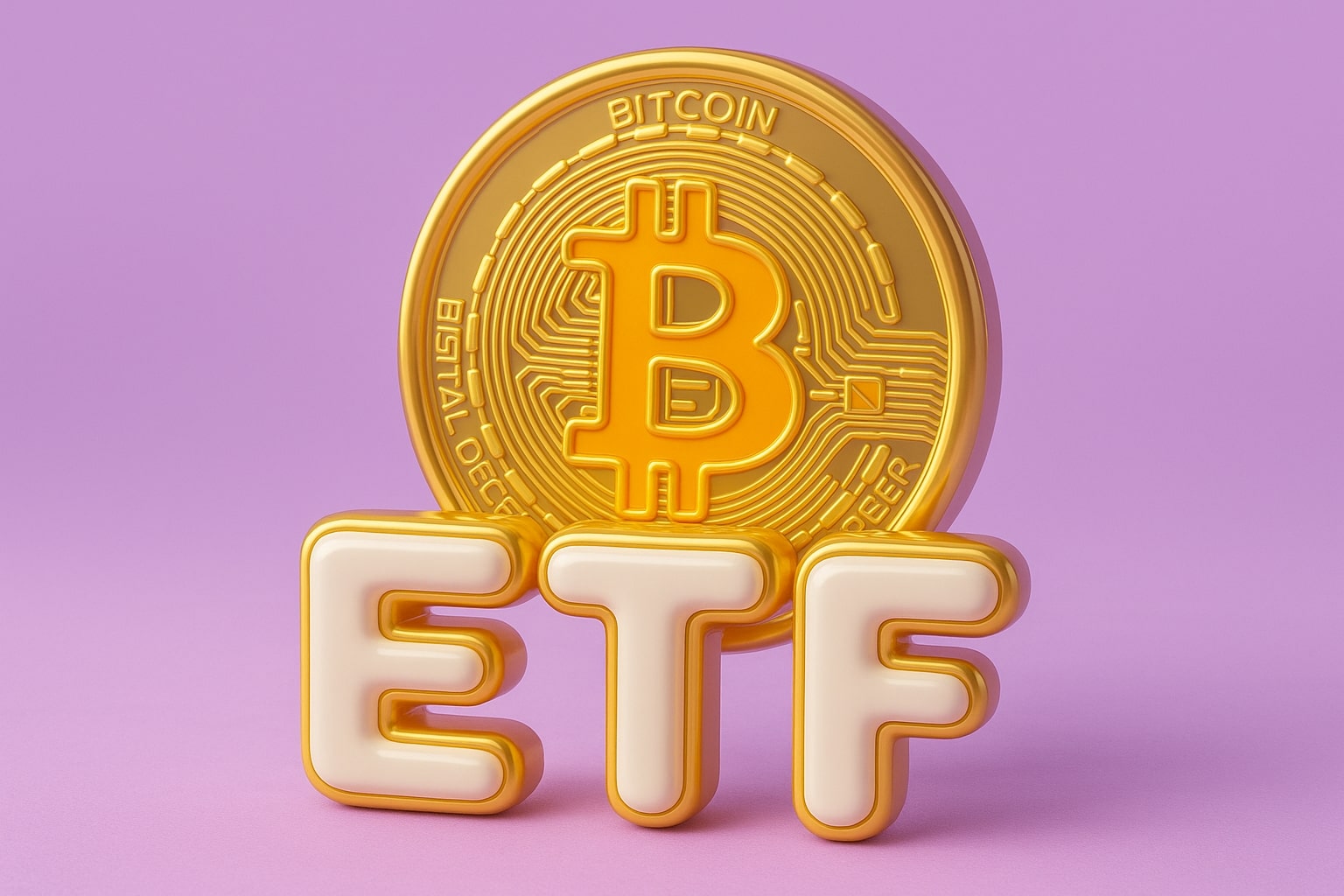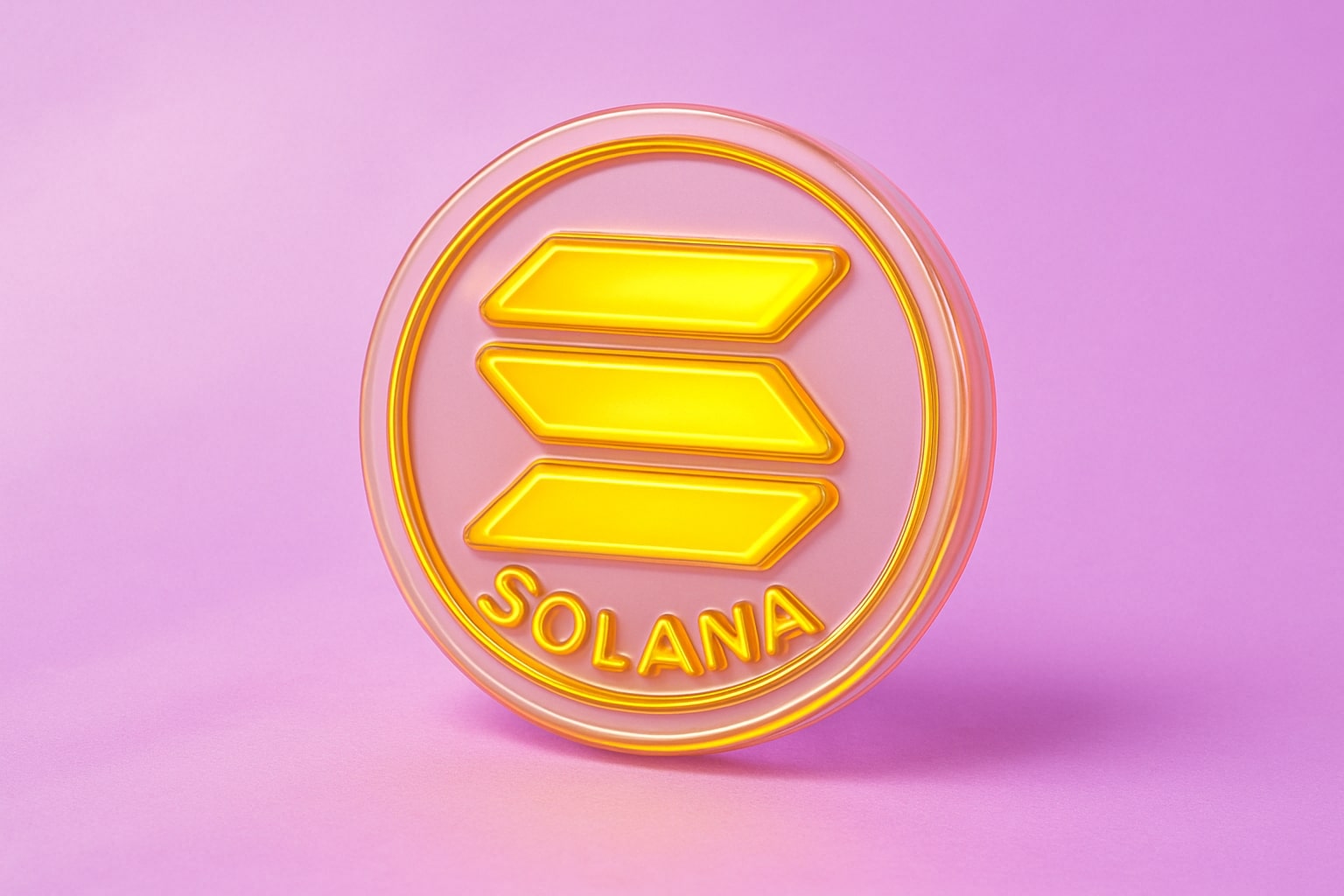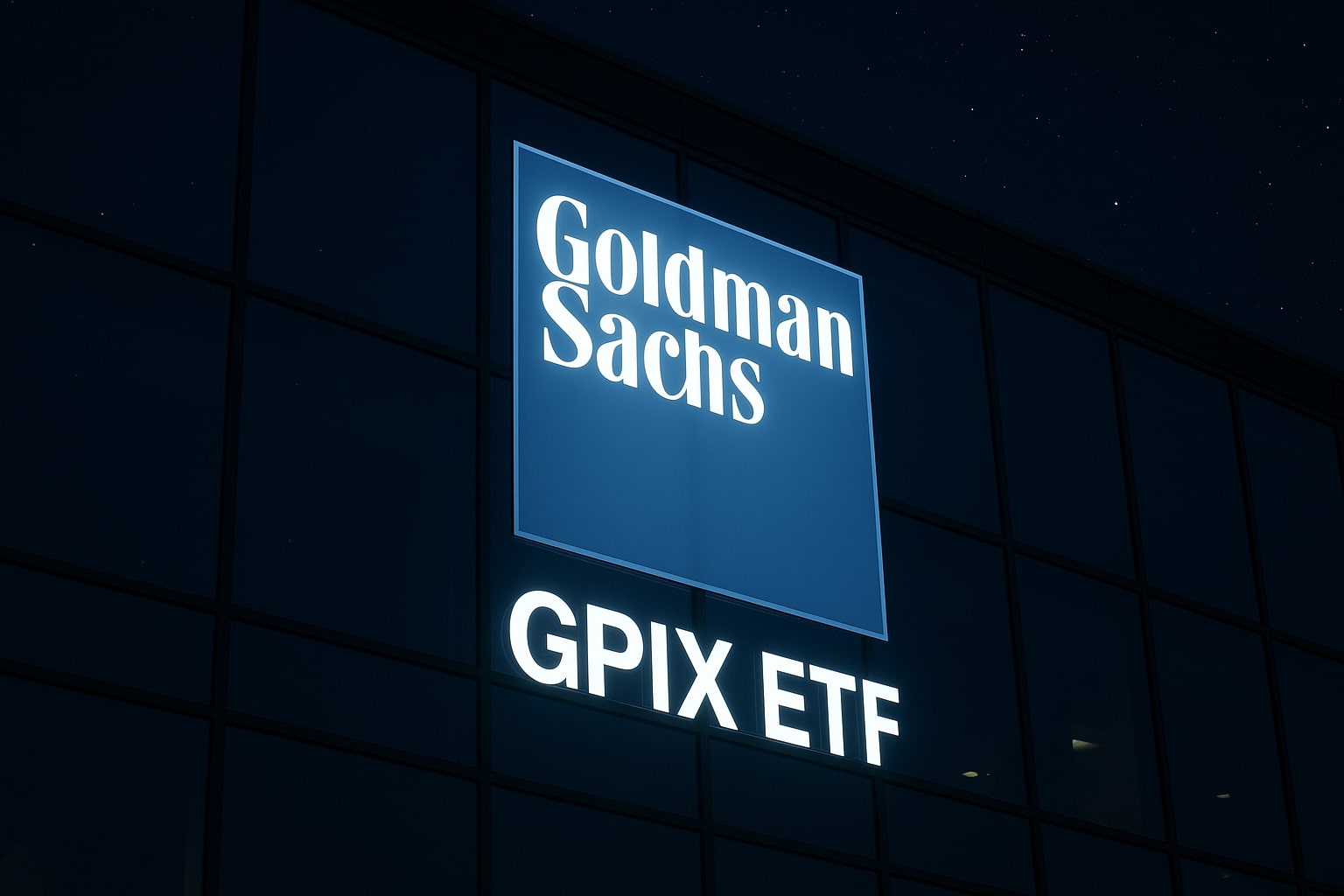
Bitcoin ETF Inflows Hit $365M as BTC-USD Eyes $120K Breakout
Institutional demand drives Bitcoin ETFs to $60B in assets, with BlackRock’s IBIT leading inflows, while BTC consolidates near $115K ahead of a $120K test | That's TradingNEWS
Bitcoin ETF Inflows Surge as BTC-USD Struggles Below $120,000
Record ETF Inflows Highlight Investor Confidence
Bitcoin ETFs continue to dominate the headlines with inflows that reached $365.57 million on September 26, a powerful reminder that institutional investors remain committed despite recent price volatility. The largest contribution came from ARK 21Shares Bitcoin ETF (ARKB) with $113.82 million, followed by BlackRock’s iShares Bitcoin Trust (NASDAQ:IBIT), which added $93.38 million and lifted its cumulative inflows to $21.31 billion. Fidelity’s Wise Origin Bitcoin Fund attracted $74 million, while Bitwise’s BITB pulled in $50.38 million. Even smaller funds like VanEck’s HODL and Invesco’s BTCO saw inflows of $22.1 million and $6.47 million respectively, demonstrating a broad base of capital entering the ecosystem. Altogether, U.S.-listed Bitcoin ETFs now oversee $60.03 billion in net assets, equivalent to roughly 4.7% of Bitcoin’s total market capitalization.
BTC-USD Price Fails to Clear $120,000 Despite ETF Support
The paradox is that while ETF demand has strengthened, BTC-USD has stalled beneath the critical $120,000 resistance zone. After peaking intraday at $117,377, Bitcoin slipped back toward $115,600, leaving bulls frustrated. Derivatives data from Coinglass show a heavy wall of short positions—over $3 billion—clustered at $117,800. This concentration of leveraged downside bets has created a barrier preventing BTC from cleanly breaking higher. Without additional ETF inflows or whale accumulation, the $120,000 breakout has remained elusive, and short sellers have effectively capped near-term upside momentum.
Grayscale Outflows Continue to Weigh on Market Balance
While new ETFs are pulling billions into Bitcoin, Grayscale remains a drag on the market. The Grayscale Bitcoin Trust (GBTC) recorded another $7.73 million in exits, raising cumulative outflows to $20.12 billion. Combined with its Ethereum product (ETHE), which has seen $2.88 billion withdrawn, Grayscale’s footprint of more than $23 billion in redemptions continues to offset the gains from newer issuers. This structural shift has been one of the clearest indicators of capital rotation: legacy vehicles are bleeding, while regulated spot ETFs like IBIT and ARKB are rapidly becoming the preferred access point for both retail and institutions.
Institutional Custody and BlackRock’s Dominance
BlackRock’s IBIT now holds approximately 781,000 BTC, controlling over 3% of circulating supply. This concentration of assets under one issuer underscores the rapid institutionalization of Bitcoin exposure. It also presents new dynamics for market structure. With giants like BlackRock and Fidelity driving inflows, startups and smaller custodians are facing higher barriers to entry. Institutional custody at this scale is reshaping liquidity flows, making ETF demand one of the most important drivers of price action.
Trading Volume and Liquidity Expansion
On September 26, Bitcoin ETF trading volume surged to $2.43 billion, one of the heaviest days since the SEC approved spot ETFs. This surge in turnover highlights how ETFs have deepened market liquidity. Importantly, it suggests that Bitcoin is no longer purely reliant on spot exchange flows. Instead, ETF activity now rivals or even exceeds traditional crypto venues on heavy days. This shift is changing how price discovery occurs, particularly during volatile sessions like those following Jerome Powell’s Jackson Hole remarks, which fueled a broader crypto rebound.
Ethereum ETF Divergence Adds Competitive Pressure
While Bitcoin ETFs brought in strong inflows, Ethereum ETFs also showed resilience. Fidelity’s FETH attracted $15.9 million, and BlackRock’s ETHA gained $14.85 million, but these gains were more than erased by Grayscale’s ETHE, which lost $36 million in a single session. Net outflows of $675,450 for Ethereum ETFs stand in stark contrast to Bitcoin’s $365 million inflow on the same day. Yet, over the week, Ethereum has been drawing more consistent attention, with two consecutive days of $287 million and $337 million inflows highlighting growing institutional interest. This divergence has pressured BTC-USD’s relative performance, especially as Ethereum surged past $4,900 while Bitcoin stalled under $120,000.
Macro Context: Fed Policy and Risk Appetite
Jerome Powell’s speech at Jackson Hole shifted the macro backdrop, with markets pricing in a 75% chance of a September rate cut. Altcoins such as Ethereum (+10%), XRP (+12%), Solana (+9%), and Cardano (+7%) reacted strongly, while Bitcoin’s move was far more muted. The explanation lies partly in ETF flows—Ethereum-linked products were net beneficiaries of the macro optimism, while Bitcoin ETFs had notched six consecutive days of outflows leading into August 23. This rotation of capital shows that ETF performance is now a crucial signal for crypto allocation strategies.
Technical Levels and Investor Strategy
From a technical standpoint, BTC-USD is trapped between $113,500 support and $118,000 resistance. A decisive close above $118,000 could trigger a short squeeze that clears the $117,800 cluster and opens the path toward $123,000. Conversely, a failure to defend $113,500 risks a correction back toward $110,000. ETF flows are now the swing factor—sustained inflows of $300M+ per day have historically aligned with breakouts, while multi-day outflows tend to stall momentum.
Verdict: Bitcoin ETFs Remain the Institutional Battleground
Despite the price hesitancy near $120,000, the data is unambiguous: Bitcoin ETFs are absorbing capital at an unprecedented scale, consolidating their role as the gateway for both institutional and retail investors. With ARKB, IBIT, and Fidelity’s FBTC anchoring inflows, the ETF channel has become Bitcoin’s primary engine of liquidity. The challenge remains Grayscale’s relentless outflows and the resistance wall in derivatives markets. Still, with $60 billion already allocated and daily flows in the hundreds of millions, ETFs are now the clearest lens for Bitcoin’s next major move.
Final Verdict on Bitcoin ETF Flows and BTC-USD
The weight of evidence favors a Buy stance on Bitcoin (BTC-USD). Despite near-term resistance at $117,800–$120,000 and ongoing Grayscale outflows, the sheer scale of institutional inflows—$365 million in a single day and $60 billion in cumulative ETF assets—shows that ETFs have become the dominant driver of liquidity and long-term price discovery. With BlackRock’s IBIT controlling over 781,000 BTC and daily ETF volumes surpassing $2.4 billion, the foundation for sustained upward momentum is in place. Unless inflows collapse or macro conditions reverse, the probability of BTC breaking above $120,000 and extending toward $123,000–$130,000 in the medium term is rising. Short-term volatility is expected, but structurally, Bitcoin ETF inflows justify maintaining bullish exposure.
That's TradingNEWS
Read More
-
GPIX ETF At $52.52: 8% Yield And Dynamic S&P 500 Income Upside
13.12.2025 · TradingNEWS ArchiveStocks
-
XRP ETFs Surge Toward $1B As XRPI Hits $11.64 And XRPR $16.48 With XRP Near $2
13.12.2025 · TradingNEWS ArchiveCrypto
-
Natural Gas Price Forecast: NG=F Hovers Near $4.07 Support After 22% Weekly Slide
13.12.2025 · TradingNEWS ArchiveCommodities
-
USD/JPY Price Forecast - Dollar to Yen at 154–158 Range as BoJ 0.75% Hike and Fed Cut Debate
13.12.2025 · TradingNEWS ArchiveForex

















